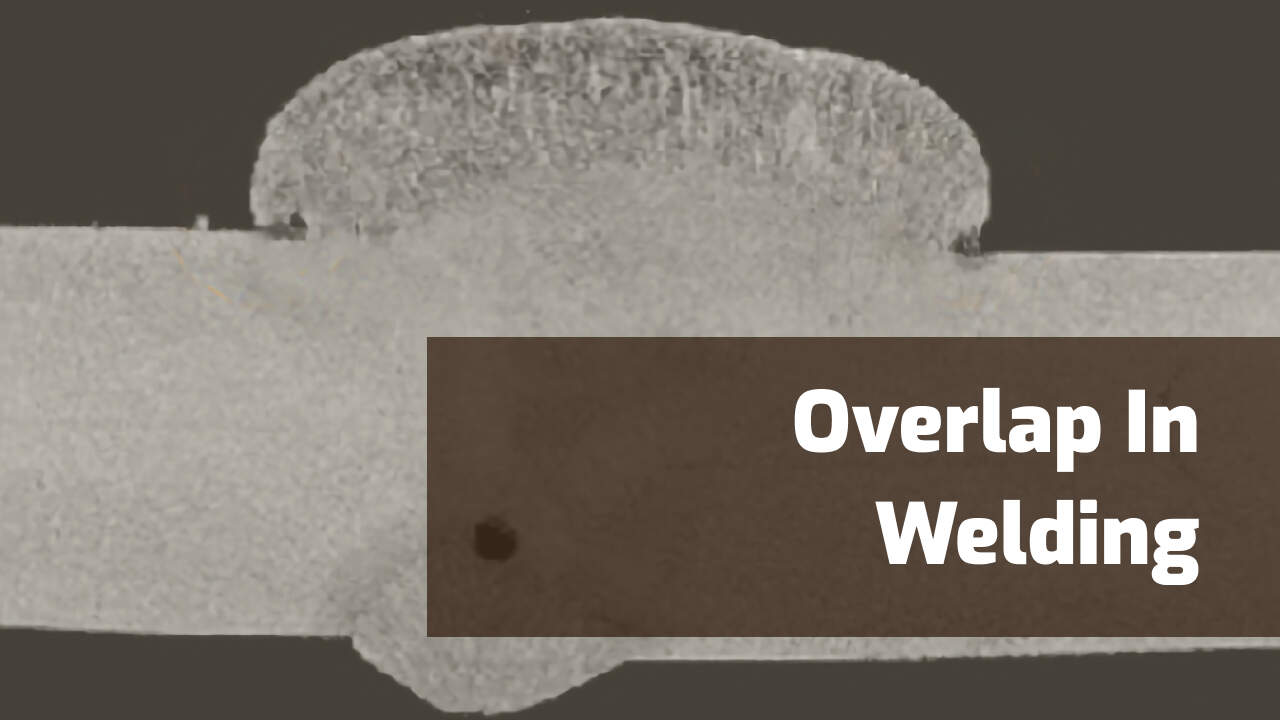Efficient Ways to Prevent Weld Undercut in Your Welding Tasks
Efficient Ways to Prevent Weld Undercut in Your Welding Tasks
Blog Article
Understanding the Art of Welding: How to Avoid Undercut Welding Issues for Flawless Manufacture Outcomes
By comprehending the root causes of undercut welding and implementing efficient techniques to stop it, welders can boost their craft to brand-new degrees of excellence. In the pursuit of flawless manufacture results, understanding the art of welding to stay clear of undercut concerns is not just an ability yet a necessity for those striving for excellence in their job.
Comprehending Undercut Welding

To stop undercut welding, welders must make certain appropriate welding specifications, such as readjusting the present, voltage, traveling speed, and maintaining the appropriate electrode angle. Additionally, using the ideal welding technique for the particular joint configuration is necessary. Utilizing weaving activities or backstepping methods can assist make sure appropriate weld steel deposition and lower the chance of undercut formation. Routine assessment of welds during and after the welding procedure is additionally crucial to catch any type of undercut very early and make essential changes to avoid more defects. Preventing weld undercut. By understanding the reasons for undercut welding and carrying out preventive actions, welders can accomplish top notch, structurally audio welds.
Reasons of Undercut in Welding
Recognizing the variables that contribute to undercut in welding is essential for welders to generate top notch, structurally sound welds. Inadequate welding incorrect or current welding rate can additionally contribute to damage. Recognizing these causes and applying proper welding methods can help avoid undercutting issues, guaranteeing strong and long lasting welds.
Strategies to stop Undercutting

To mitigate the threat of damaging in welding, welders can employ strategic welding methods intended at improving the quality and integrity of the weld joints. One efficient approach is to adjust the welding parameters, such as voltage, existing, and travel rate, to ensure appropriate heat input and deposition. Keeping an appropriate electrode angle and ensuring consistent traveling rate can additionally aid protect against undercut. Furthermore, utilizing the proper welding method for the certain joint arrangement, such as weave or stringer grains, can add to reducing damaging. Preventing weld undercut.
In addition, proper joint preparation, including guaranteeing tidy base products without contaminants and using the suitable welding consumables, is essential in stopping undercut flaws. Utilizing back-step welding methods and controlling the weld grain profile can also aid distribute warm uniformly and reduce the risk of undercut. Normal evaluation of the weld joint throughout and after welding, as well as carrying out quality control steps, can assist in discovering and resolving undercutting concerns promptly. By carrying out these methods diligently, welders can attain flawless fabrication results with marginal undercut issues.
Importance of Appropriate Welding Specifications
Choosing and preserving suitable welding specifications is helpful resources crucial for attaining successful welds with marginal flaws. Welding criteria refer to variables such as voltage, present, travel rate, electrode angle, and protecting gas flow price that directly affect the welding process. These parameters need to be thoroughly readjusted based upon the type of material being bonded, its thickness, and the welding technique utilized.
Proper welding criteria ensure the correct amount of heat is applied to melt the base steels and filler product uniformly. If the specifications are set also high, it can lead to excessive warmth input, causing distortion, burn-through, or spatter. On the other hand, if the criteria are as well reduced, insufficient blend, lack of penetration, or undercutting may happen.
Top Quality Guarantee in Welding Workflow

Final Thought
To conclude, understanding the art of welding calls for a complete understanding of undercut welding, its reasons, and methods to stop it. By guaranteeing proper welding specifications and executing quality control methods, flawless fabrication outcomes can be accomplished. It is essential for welders to consistently aim for quality in their welding procedures to avoid undercut concerns and produce high-quality welds.
Undercut welding, a common flaw in welding procedures, occurs when the weld steel does not Website correctly load the groove site and leaves a groove or depression along the welded joint.To avoid undercut welding, welders should make certain appropriate welding specifications, such as adjusting the existing, voltage, traveling speed, and keeping the appropriate electrode angle. Poor welding wrong or current welding rate can also contribute to undercut.To reduce the risk of undercutting in welding, welders can utilize tactical welding strategies aimed at improving the top quality and integrity of the weld joints.In conclusion, understanding the art of welding needs a comprehensive understanding of undercut welding, its causes, and techniques to stop it.
Report this page